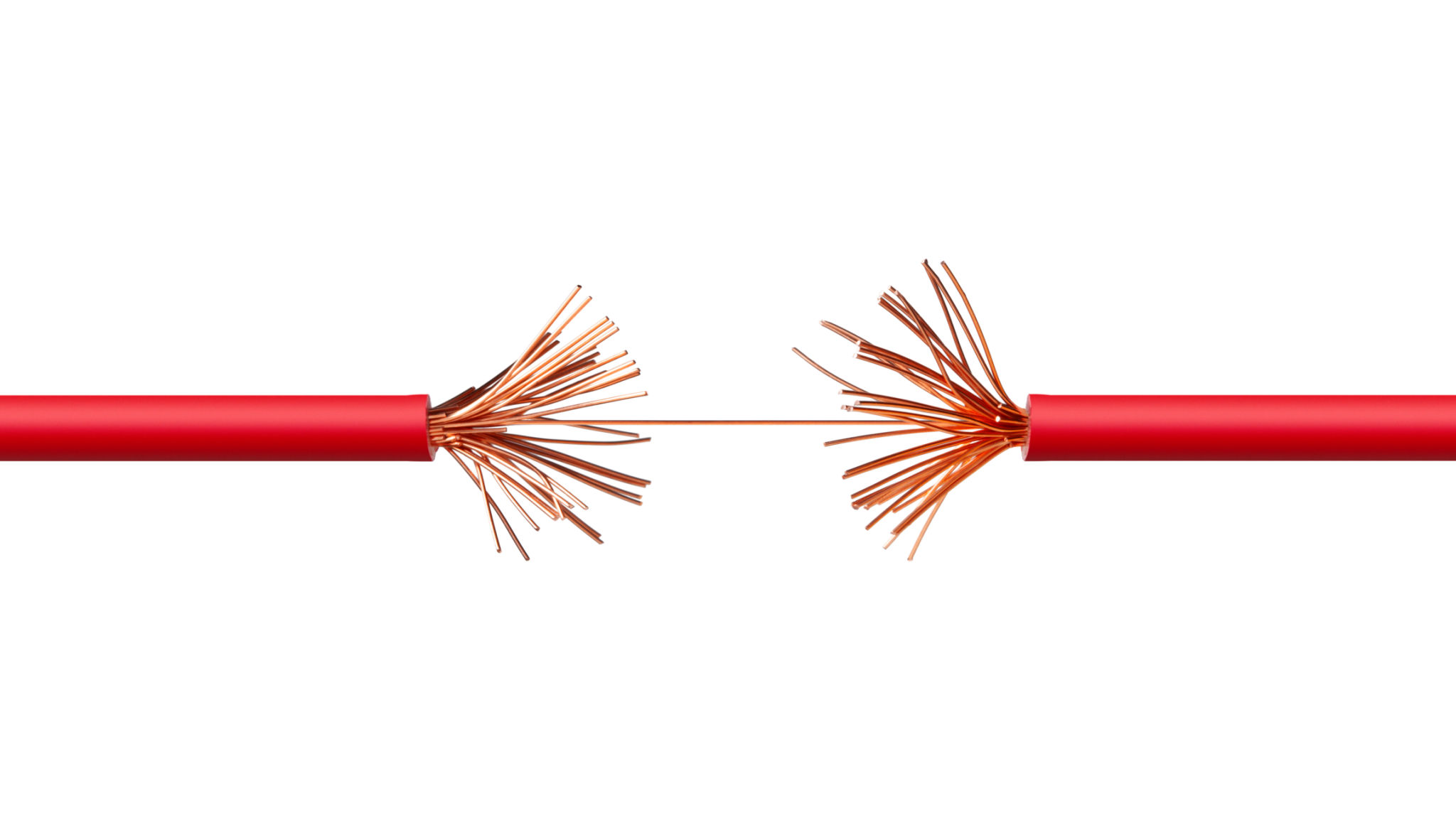Understanding the Difference: DSL vs. Fiber Optic Internet
ET
Introduction to Internet Connections
In today's digital age, having a reliable and fast internet connection is crucial. Among the various options available, DSL and Fiber Optic stand out as two popular choices. Each has its unique characteristics and understanding the differences between them can help you make an informed decision.

What is DSL?
DSL, or Digital Subscriber Line, is a type of internet connection that transmits data over traditional copper telephone lines. It has been a widely used technology due to its ability to provide high-speed internet without disrupting regular phone services.
How DSL Works
DSL works by splitting frequencies used in telephone lines into separate channels for voice and data. This separation allows users to access the internet and use the phone simultaneously. The speed of DSL can vary depending on the distance from the service provider's central office.
Advantages of DSL
- Availability: DSL is accessible in many areas, especially where fiber optic infrastructure is yet to be implemented.
- Cost-effectiveness: Generally, DSL plans are more affordable compared to fiber optic.

Understanding Fiber Optic Internet
Fiber Optic internet transmits data using light signals through thin strands of glass or plastic fibers. This technology offers superior speed and reliability compared to traditional copper lines.
How Fiber Optic Works
Fiber optic cables use light to send data at incredibly high speeds over long distances with minimal loss. This makes it an excellent choice for users who require fast and stable internet connections for activities like streaming, gaming, and remote work.
Advantages of Fiber Optic
- Speed: Fiber optic internet can achieve significantly higher speeds than DSL.
- Reliability: It provides a more stable connection with less interference from external factors.

Comparing DSL and Fiber Optic
When deciding between DSL and Fiber Optic, consider your specific needs. While fiber optic offers faster speeds and more reliability, it may not be available in all areas and can be more expensive. On the other hand, DSL might be a better option if budget constraints or availability are significant factors.
Here is a quick comparison:
- Speed: Fiber optic typically offers faster speeds than DSL.
- Availability: DSL is more widely available in rural and suburban areas compared to fiber optic.
- Cost: Fiber optic may have higher installation costs but offers better performance value over time.
Conclusion
Choosing the right internet connection depends on what matters most to you—be it speed, availability, or cost. Understanding the differences between DSL and Fiber Optic Internet can guide you in selecting the best option for your needs. As technology advances, both types of connections continue to evolve, promising even better performance and accessibility in the future.

